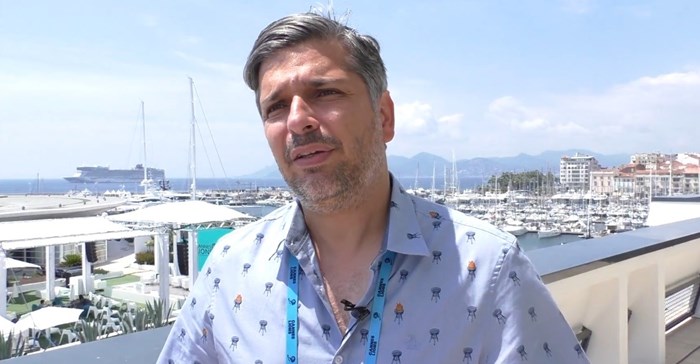Top stories




Marketing & MediaHow Spar is using localised marketing to redefine the urban retail experience
Karabo Ledwaba 1 day


More news





ESG & Sustainability
How South Africa’s conservation efforts can thrive with Indian partnership










Major trends highlighted in this year's report are:
Judges rewarded initiatives by brands that solved specific problems. The Grand Prix winner, Savlon, found a practical solution that encourages schoolchildren to wash their hands with soap to help prevent disease - and created a new product idea that shifted the category. Saltwater Brewery's Edible Six Pack Rings saw the small brewery show an alternative to plastic packaging rings that can endanger wildlife. There is a clear tendency towards a more product-led approach to problem-solving where appropriate.
Emotion and humour were very much in evidence among this year's winning cases with John Lewis, Pedigree and Snickers using emotional storytelling with light-hearted humour. TV – the lead channel among 22% of entrants, followed by online video (14%) – played a crucial role for both John Lewis and SickKids, demonstrating that video – in any format – is key to delivering emotional or humorous messages.
Graham Page, managing director, offer and innovation, Kantar Millward Brown, having deep-dived into the four themes, says: "This year's Creative Effectiveness Lions Winners are powerful illustrations that advertising with heart is more powerful than rational argument."
The impact of integrated and customised e-commerce on particular categories was evident among this year's winners. Cheetos, Adidas and The New York Times drove people online and increased traffic following creative campaigns with a clear mission. That traffic, in turn, led to online conversions. Web traffic as a metric for shortlisted papers more than doubled since 2017, from 7% to 15%, demonstrating the increasing demands on marketing to link to brands' e-commerce-based objectives.
Brand purpose took a different tone, with fewer tear-jerking videos. Instead, there was a greater emphasis on highly creative, original ideas with PR baked in upfront. Citing PR as its lead channel, State Street's Fearless Girl made such a strong impression that it is now a permanent fixture. Many winning campaigns, including Tencent and Amnesty International, had sustainability or responsibility as their creative strategy and earned media after their campaign periods had ended. Highly creative, memorable ideas captured column inches: Pedigree's Child Replacement Programme took a new tactic and achieved an 825% increase in dog adoption enquiries and a 10.8% increase in sales.
Commenting on the judging process, Fernando Machado, global chief marketing officer, Burger King and jury president of this year's Cannes Creative Effectiveness category said:
"We were looking for ideas or campaigns that really developed the business and which also created a cultural impact. Perhaps because I'm on the client side, I celebrate when products and brands win because that's what helps move our industry forward in terms of creative: it's key to the industry to show that creative drives results."Summing up, David Tiltman, head of content, Warc, says:
"This year's Cannes Creative Effectiveness Lions show how marketing is developing in several areas - there is a growing focus on product and a greater need to tie into e-commerce. As in previous years, emotion and 'purpose' are common elements on the creative work, though we are increasingly seeing these tied with humour or with PR so that brands stand out from the crowd."Warc's 'Insights from the Cannes Creative Effectiveness winners' report includes:
Download a sample of the report and view jury insights on the winning campaign's video here.
As part of the launch of the 'Insights from the Creative Effectiveness winners' report, Warc will be holding a 'Lessons from Cannes' event in London on Friday 17 August. There will also be an event in New York and a webinar later on in August.